
Peoples and Languages
Social Media
Leave comments, suggestions, keep an eye on news in our groups on VK, Odnoklassniki and Telegram channel
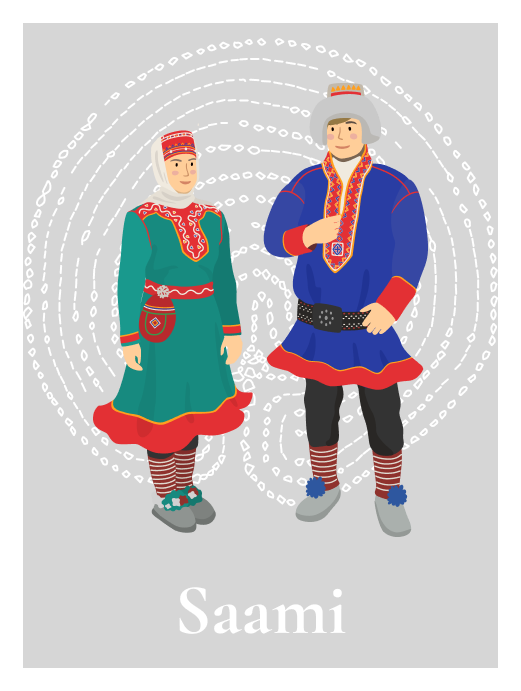
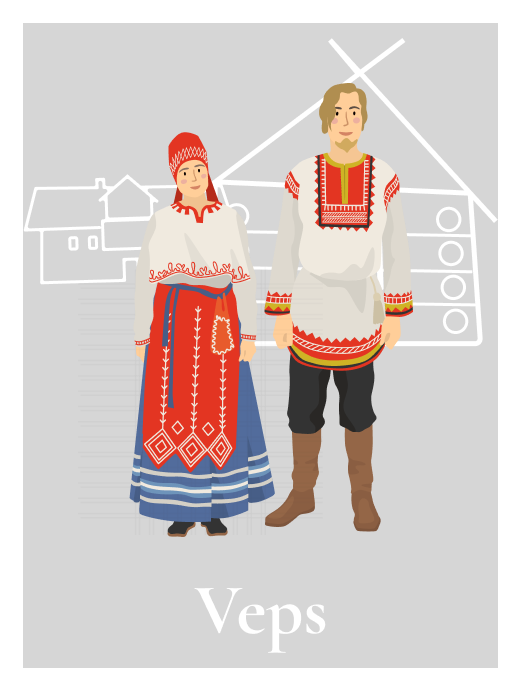
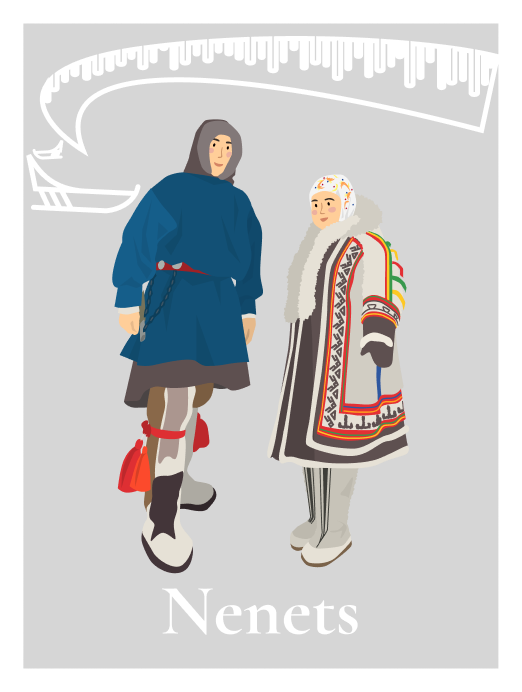
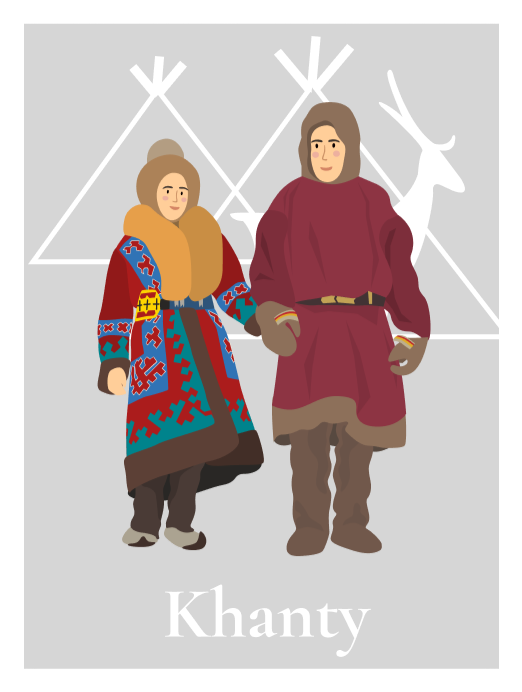
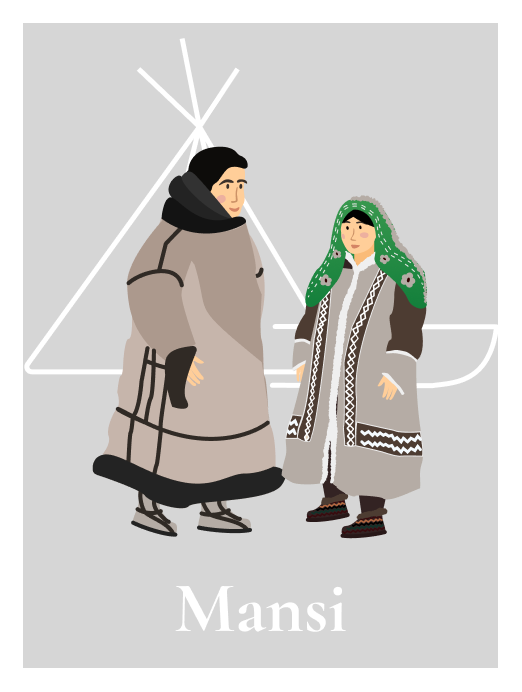
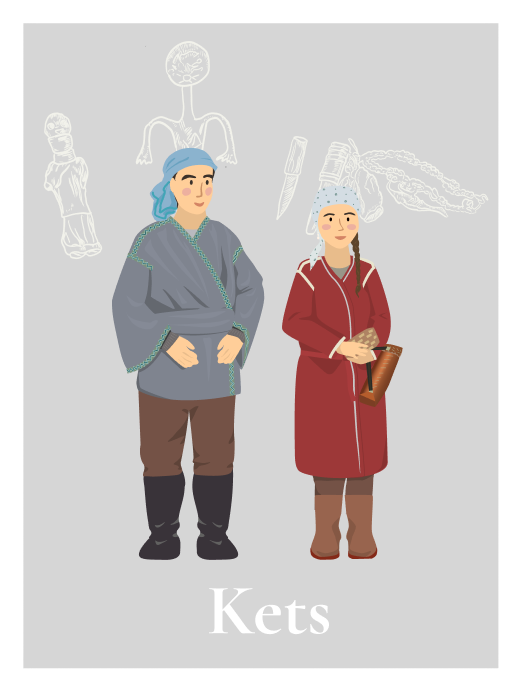
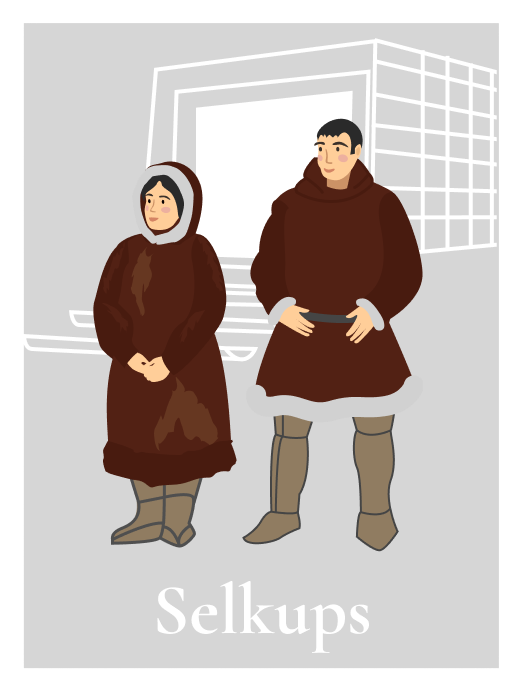
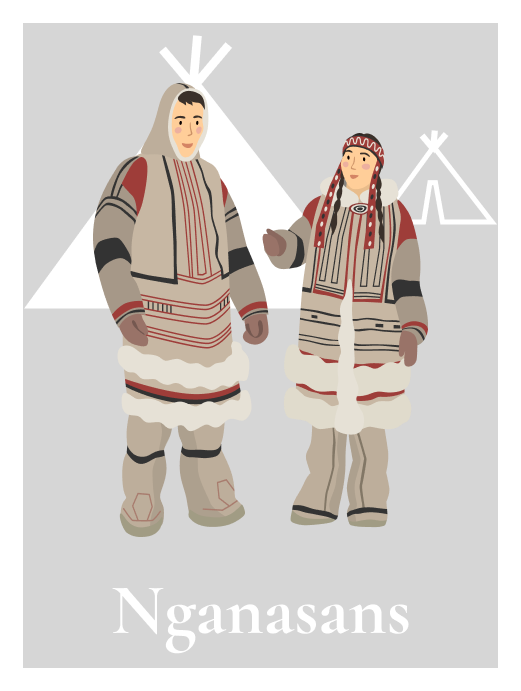
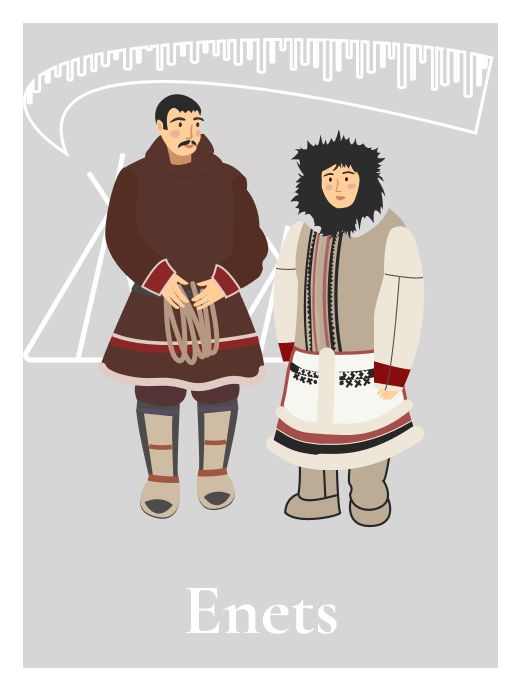
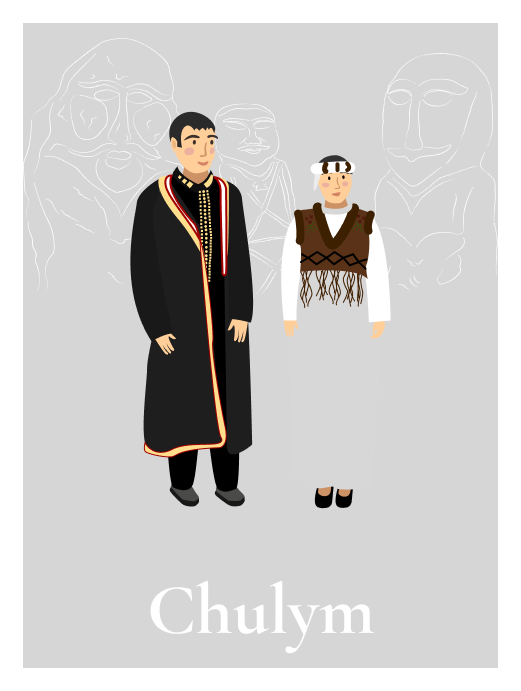
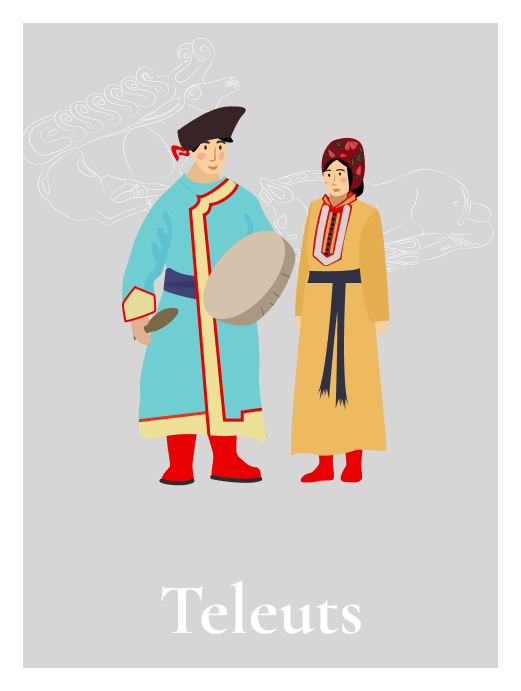
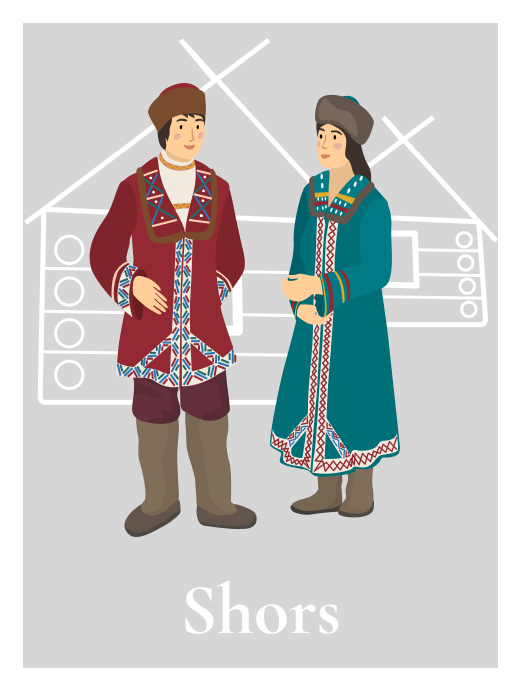
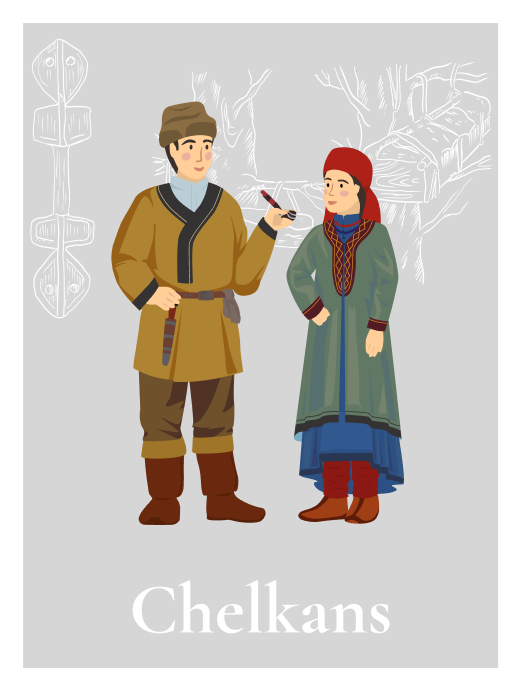
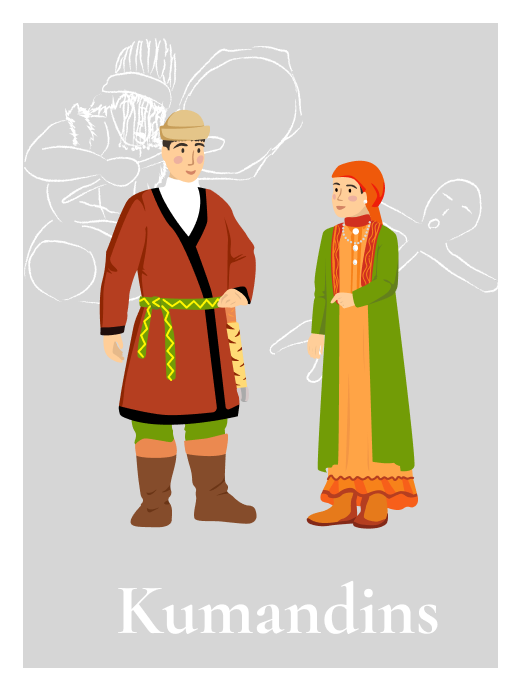

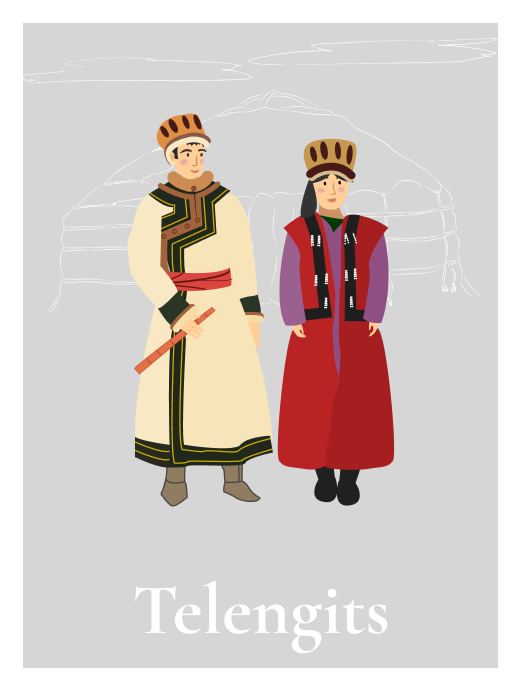
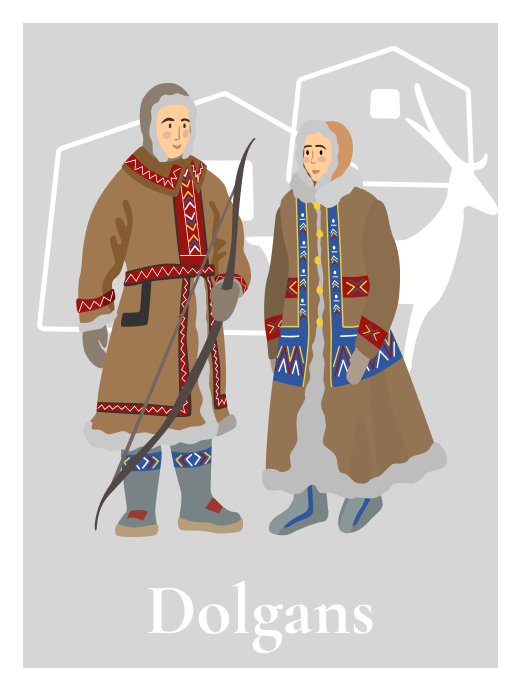

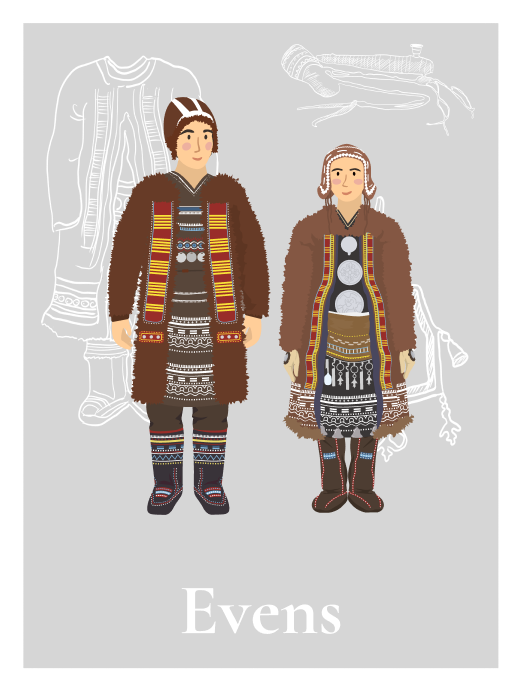
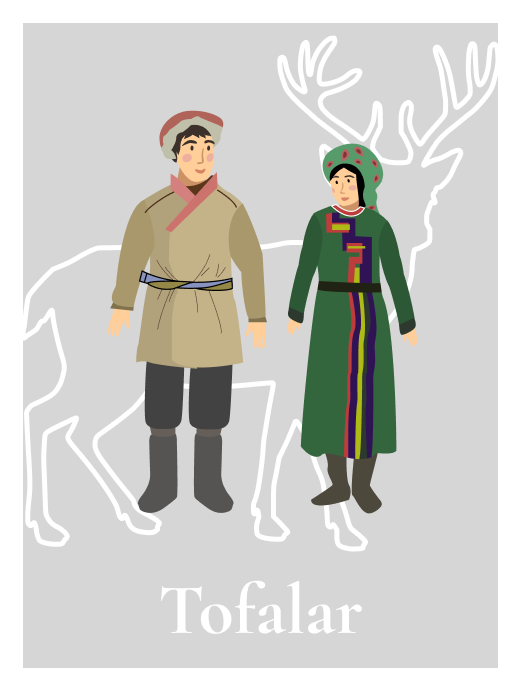
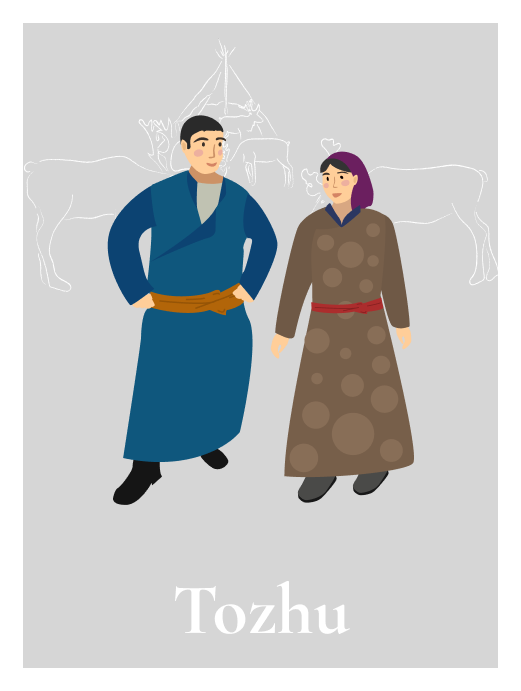

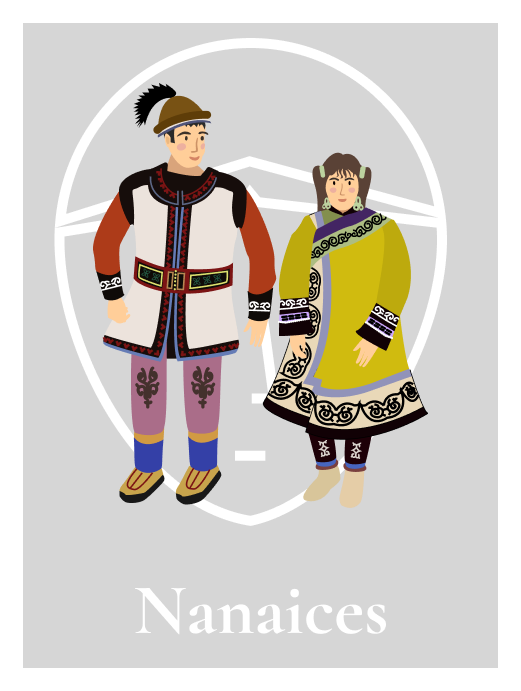
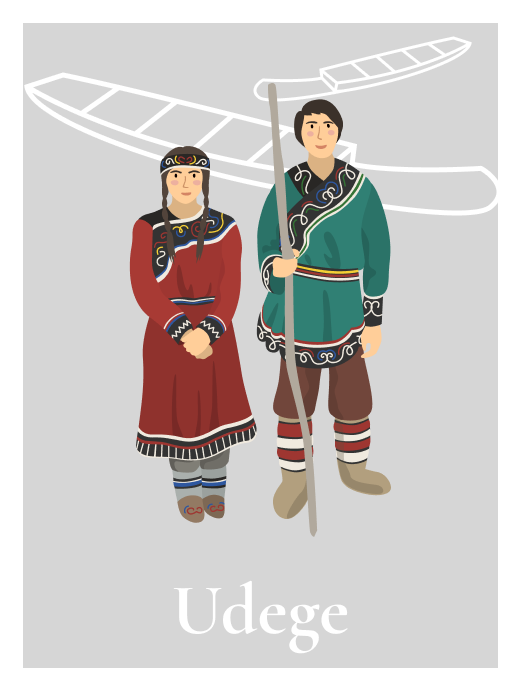
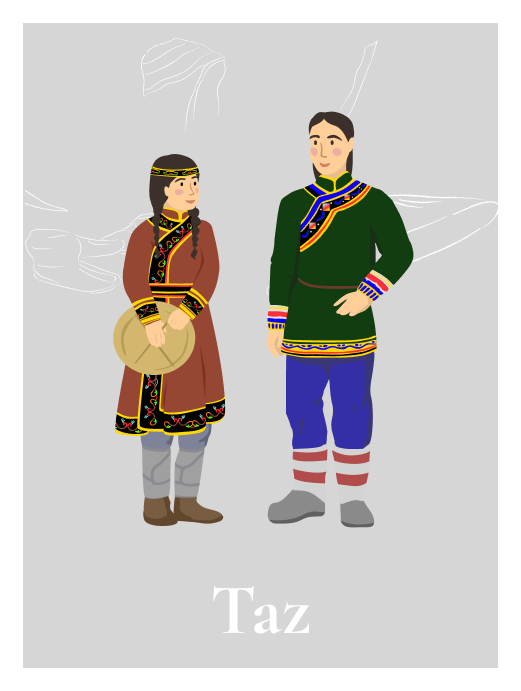


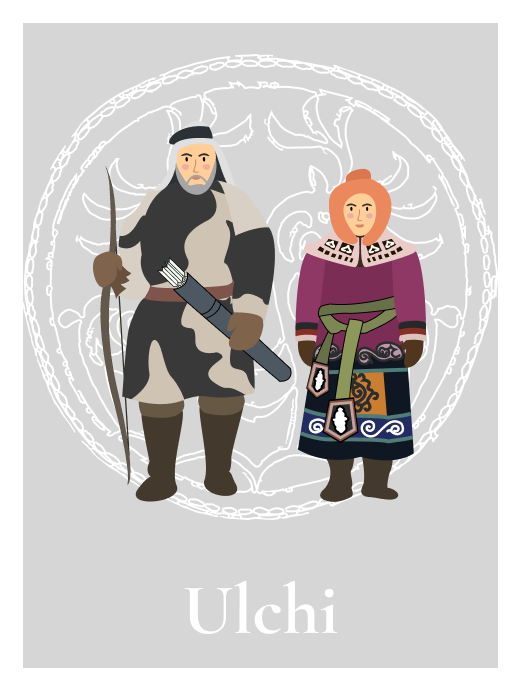

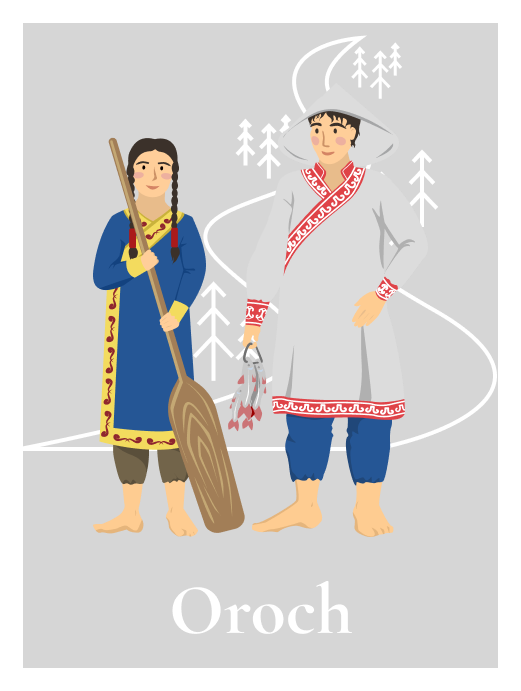
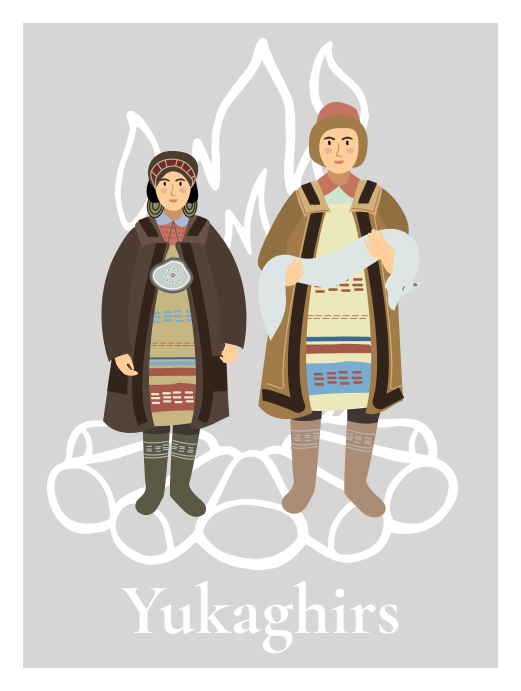
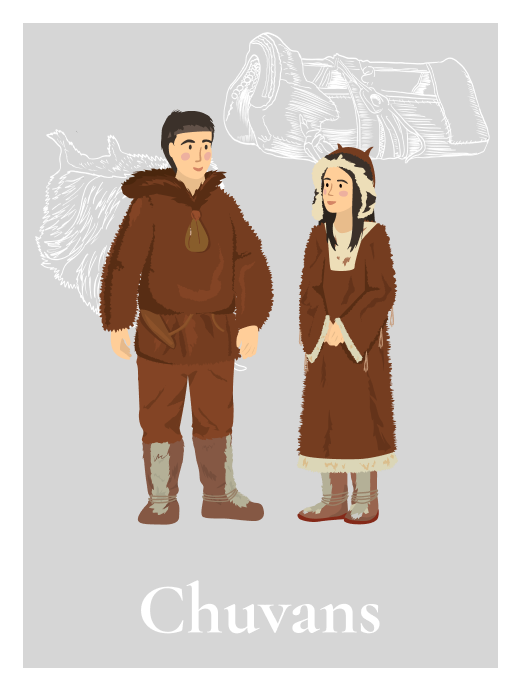

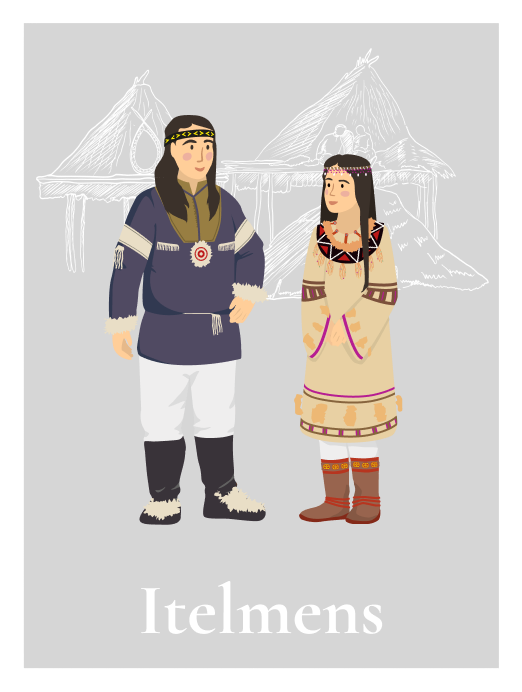
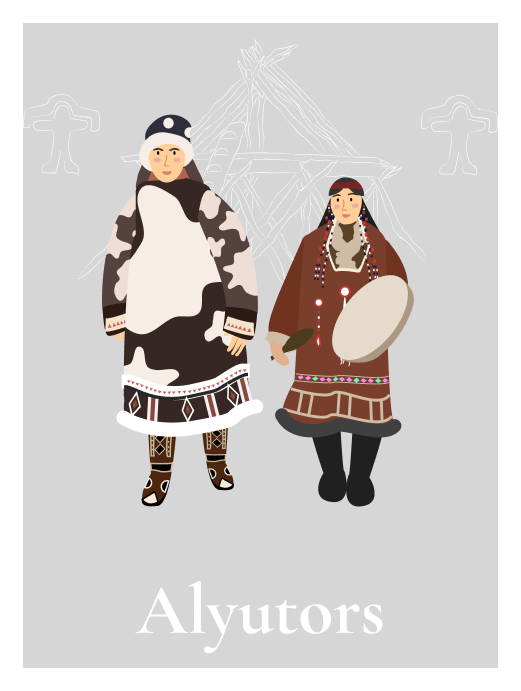
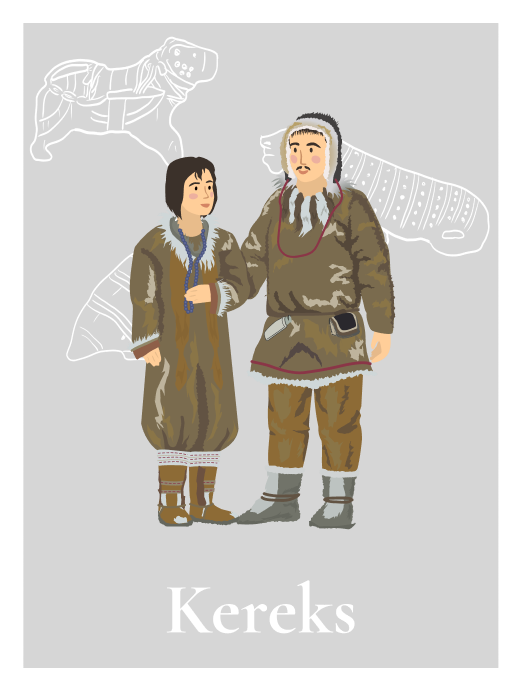


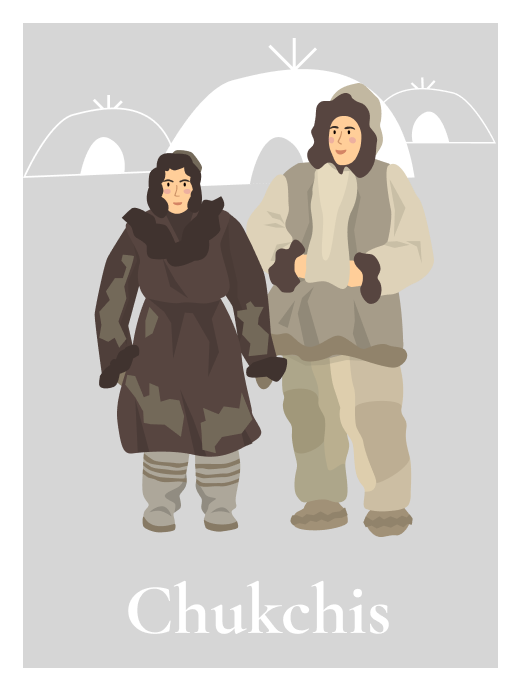
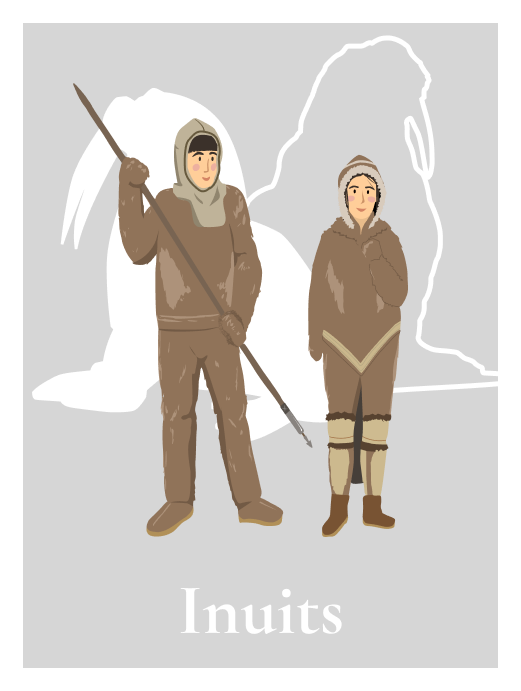
One of the smallest minorities of the North, the Enets reside in the Krasnoyarsk Territory. In pre-revolutionary literature, all Enets were referred to as the Yenisei Samoyeds. In the 1930s, linguist and ethnographer Georgiy Prokofiev introduced the ethnonym “Enets” into academic circulation.
Most Enets people live in Potapovo and Vorontsovo, but they have recently been leaving these villages, moving to other places of the Taimyr Peninsula, for instance, Norilsk and Dudinka.

The supreme deity of the Enets was Nga, the demiurge living on the upper level of the sky. Nga was the master of both people and nature; he was the master of the deer and decided when to give people good weather for plying their trades. The central female deity was Dya-menyuo (“Earth the Crone”). Dwelling on earth, she could rise to heaven, where she would meet with Nga. Nga's eldest son, Todote, was a malevolent deity, the evil incarnate. He ate people, hunting them the same way people hunt animals. The amuks (“grasping spirits”) under his control helped him in this.